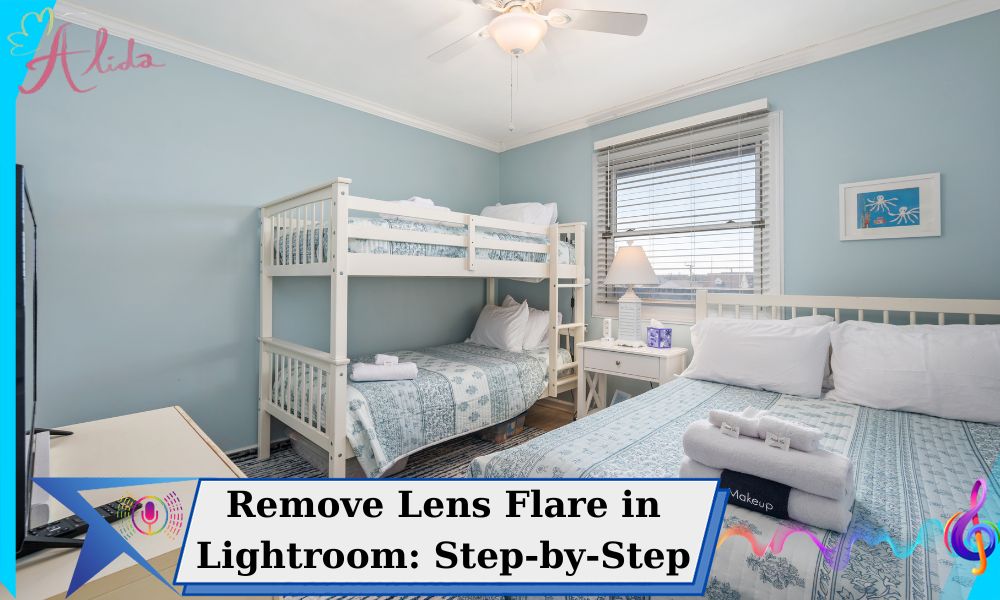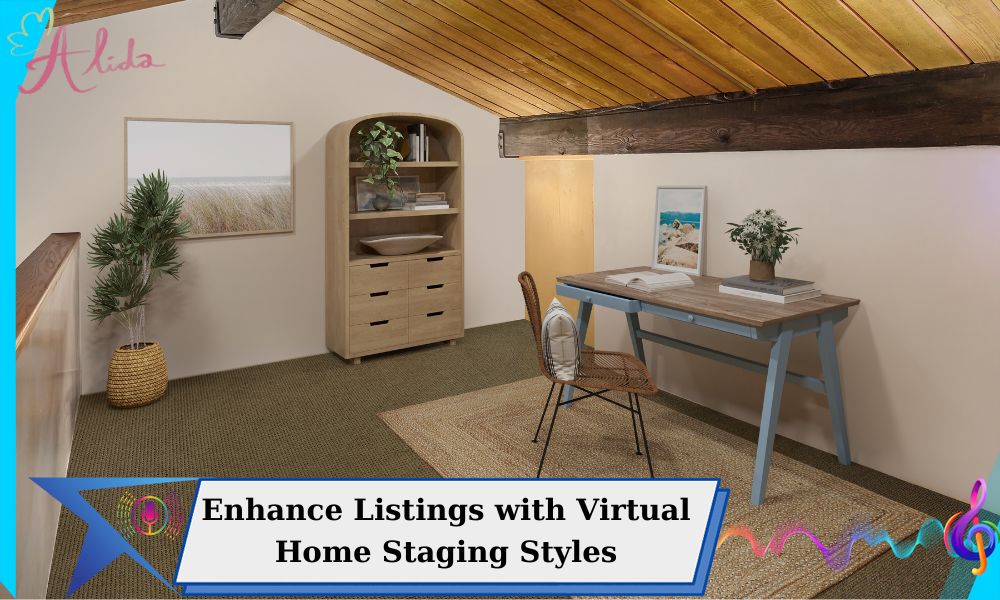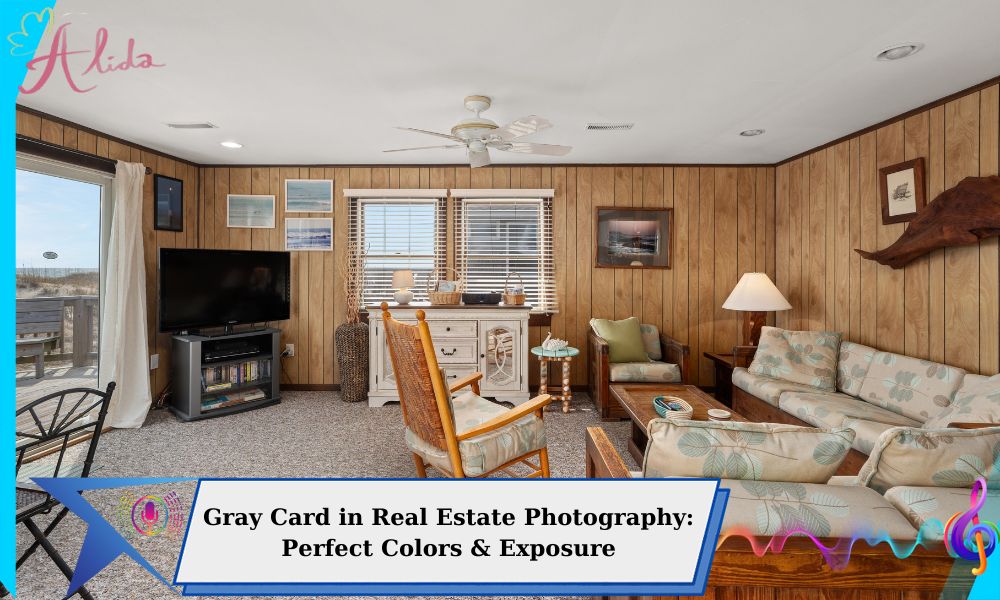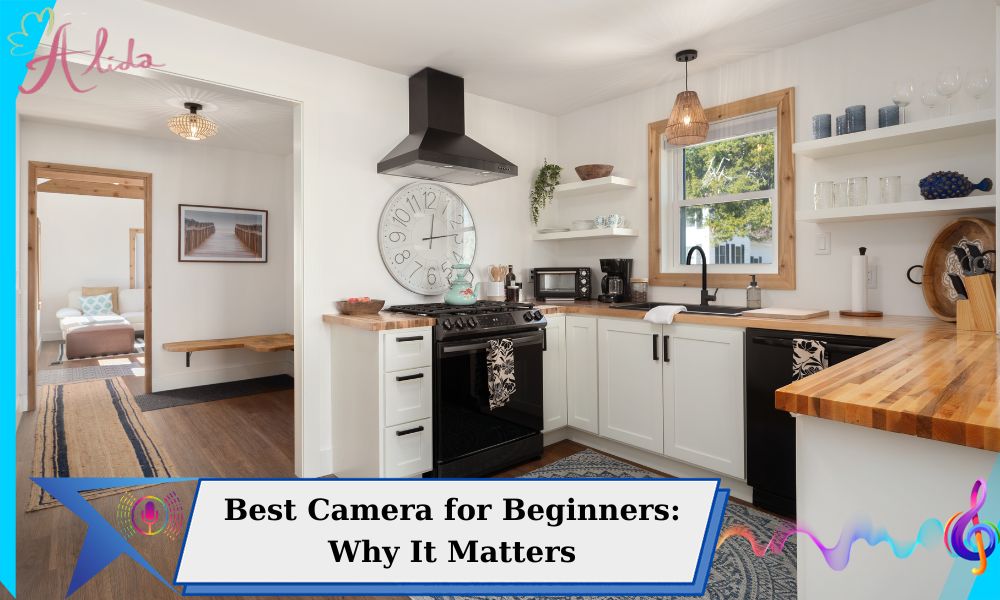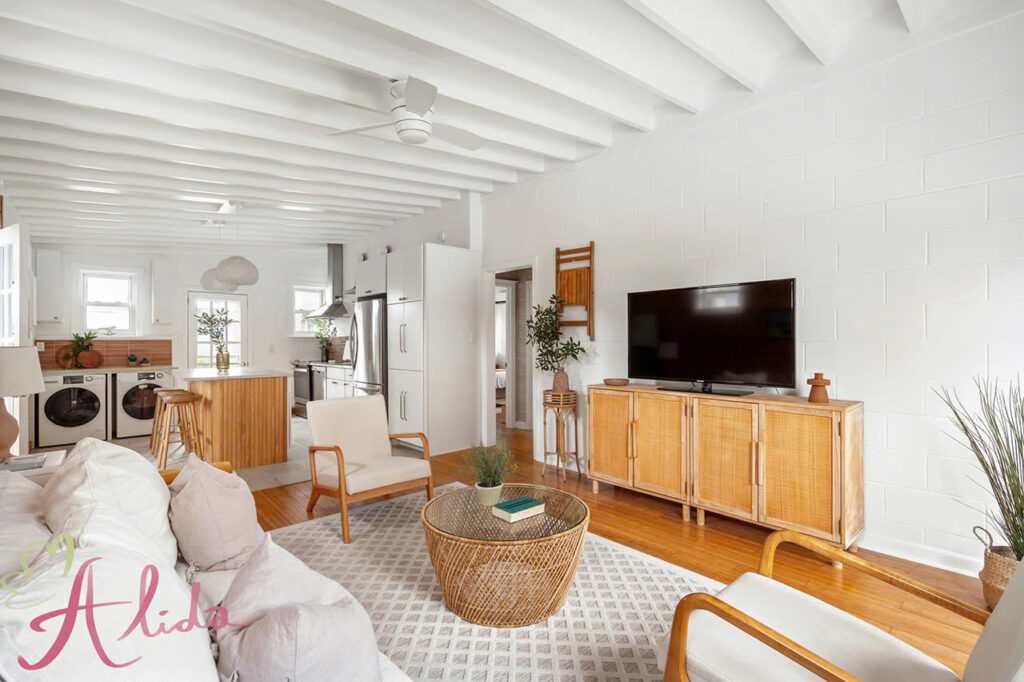In the competitive world of real estate, the importance of first impressions cannot be overstated. When potential buyers scroll through countless property listings online, the visual appeal of a home becomes a decisive factor. Today, many agents and sellers are turning to virtual staging as a cost-effective and time-saving alternative to traditional staging. In this article, we will explore what virtual staging is, its benefits, and a variety of virtual home staging styles that can transform your property listings into captivating visual experiences.
What Is Virtual Staging?
Virtual staging uses digital tools to furnish and enhance property photos, providing a cost-effective and efficient alternative to physical staging. Unlike traditional staging, which requires renting furniture, virtual staging offers design flexibility, quick execution, and minimal disruption.
A major benefit is helping buyers visualize the space without distractions from existing decor. Real estate professionals can easily adjust styles to match the target market, making properties more appealing. Compared to physical staging, virtual staging reduces costs and shortens the time a property stays on the market.
Benefits of Virtual Staging in Real Estate Listings
Enhancing the visual appeal of a property is essential in drawing the interest of potential buyers. Virtual staging breathes new life into empty rooms by creating warm, inviting environments that spark the imagination. With carefully selected virtual home staging styles, you can transform an otherwise blank space into a welcoming living area that resonates with a broad audience.
One of the most significant benefits of this modern technique is its ability to help buyers envision themselves living in the space. With digitally staged photos, buyers can better understand room proportions, layout possibilities, and the potential of each area. This clarity often leads to increased interest and faster sales.
Cost savings are another vital factor. Traditional staging can involve significant logistical and financial burdens, including hiring furniture, setting up, and later dismantling the decor. Virtual staging eliminates many of these challenges, providing a professional look without a heavy price tag. Additionally, the turnaround time for virtual staging projects is typically shorter, which means properties can be listed and sold more rapidly.
Popular Virtual Home Staging Styles
Understanding the diverse range of virtual home staging styles available is crucial for maximizing your property’s appeal. Each style caters to different buyer tastes and market trends. Here are some popular options:
Modern Style
The modern style is characterized by clean lines, minimalist design, and a focus on functionality. This approach utilizes neutral tones, geometric shapes, and sleek furniture to create a sophisticated ambiance. It is particularly effective for properties aimed at buyers seeking contemporary aesthetics. When applying modern virtual home staging styles, simplicity and subtle elegance are key factors that can highlight the architectural strengths of a property.
Industrial Style
Industrial staging draws inspiration from urban lofts and repurposed spaces. This style features exposed brick walls, metal fixtures, and vintage elements that evoke a sense of rugged charm. Earthy tones and raw materials such as metal and wood are the hallmarks of this design. Industrial virtual home staging styles are ideal for properties in bustling urban environments, appealing to buyers who appreciate a mix of modernity and historical character.
Scandinavian Style
Scandinavian design is synonymous with simplicity, warmth, and functionality. Emphasizing light wood, soft textiles, and neutral palettes, this style creates airy and inviting spaces. It is well-suited for homes where a clean, uncluttered environment is desired. The use of Scandinavian virtual home staging styles can significantly enhance a property’s appeal by providing a sense of calm and comfort that resonates with modern buyers.
Mid-Century Modern Style
For those who appreciate a retro vibe, the mid-century modern style offers a refreshing blend of bold colors, organic shapes, and retro furniture. This design often features vibrant hues paired with geometric patterns, lending a timeless yet distinct character to a home. Incorporating mid-century virtual home staging styles is an excellent way to attract buyers who are drawn to classic design elements and vintage charm.
Farmhouse Style
Farmhouse style remains a favorite among buyers seeking traditional comfort combined with modern convenience. This approach uses rustic furniture, warm textiles, and antique accents to create a cozy, inviting atmosphere. Natural materials and warm tones help evoke a sense of nostalgia and simplicity. Virtual home staging styles that embrace the farmhouse aesthetic work particularly well in suburban or rural settings, offering a comforting blend of the old and the new.
Hamptons Style
Inspired by coastal elegance, the Hamptons style emphasizes crisp whites, soft blues, and a refined yet casual interior. This design style incorporates beach-inspired tones and light natural materials, creating a serene and luxurious ambiance. Hamptons virtual home staging styles are perfect for properties in coastal regions or upscale suburban areas, attracting buyers who desire a mix of sophistication and relaxed coastal living.
Contemporary Style
Contemporary style is ever-evolving, reflecting the latest trends in design. It typically involves a mix of textures and materials, combining a neutral base with bold color accents to create a modern, stylish look. Contemporary virtual home staging styles are versatile, making them suitable for a wide range of properties. This approach is ideal for buyers who want a home that feels current and dynamic.
How to Choose the Right Virtual Home Staging Styles for Your Property
Selecting the right virtual home staging styles requires a strategic approach. First, consider your target audience. Understand the demographic and design preferences of potential buyers in your market. Next, evaluate the property’s architectural style. The virtual staging should enhance and complement the home’s existing features rather than clash with them. Lastly, stay attuned to local market trends. A style that is popular in one region might not resonate in another.
Tailoring the design to fit the property’s unique character can be the difference between a listing that stands out and one that fades into the background. Remember, the goal of virtual staging is not only to decorate a space but also to create an emotional connection that encourages buyers to take the next step.
Conclusion
Virtual staging has transformed real estate by providing a cost-effective and efficient alternative to traditional staging. With diverse virtual home staging styles—from modern and industrial to Scandinavian and farmhouse—properties can be presented in their best light. Choosing a style that complements the property’s design and appeals to the target market enhances listing appeal, leading to quicker sales and higher returns.
For professional virtual staging, Alida offers expert photo editing services to showcase your property’s best features and create a lasting impression. Contact us at photonews121@gmail.com to get started.
Elevate your listings with virtual home staging styles and attract the attention they deserve!

